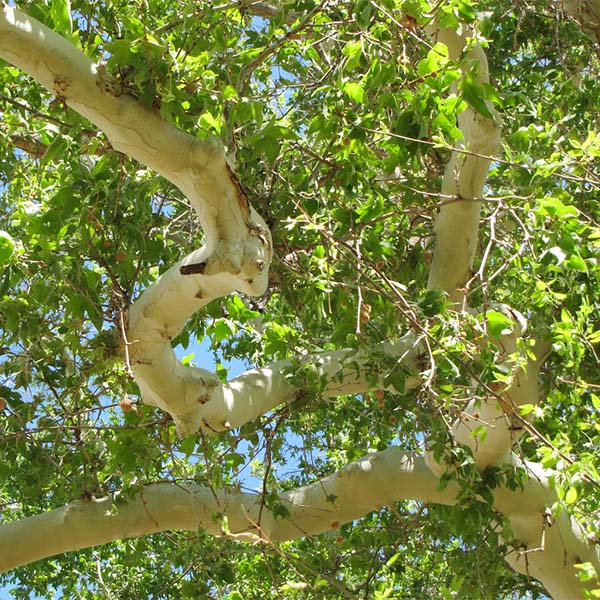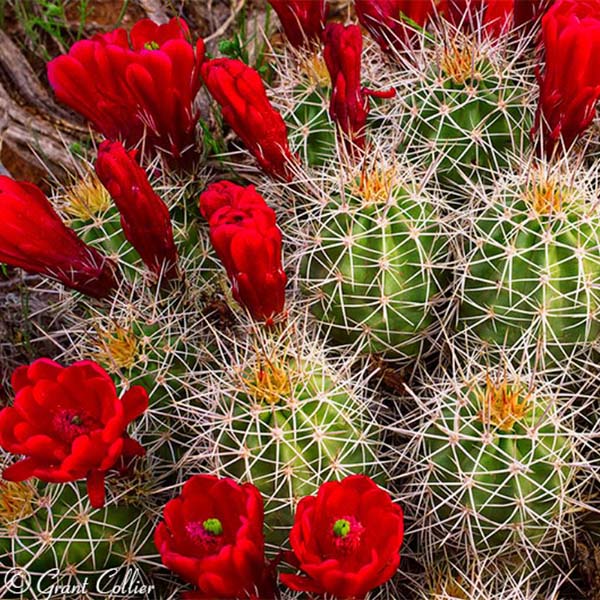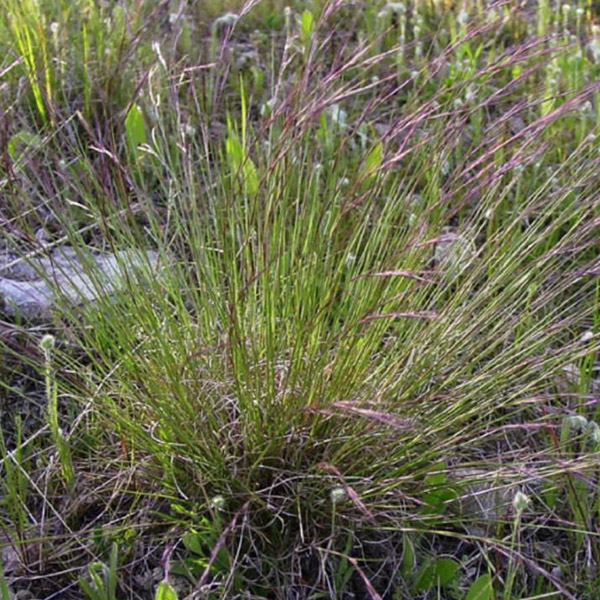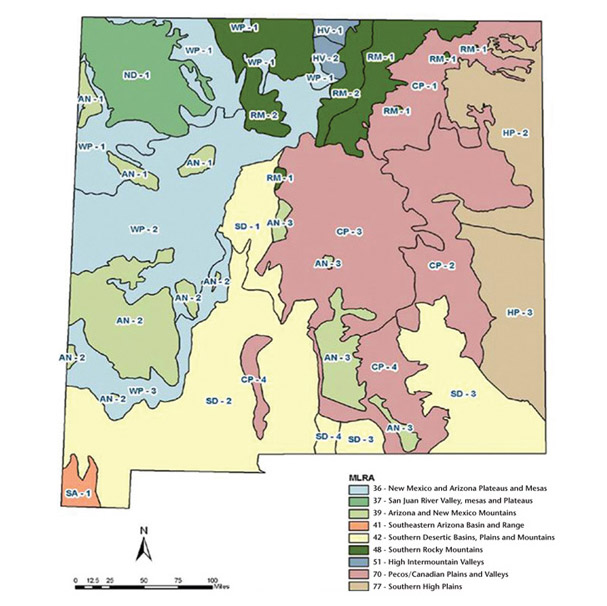Plant Identification
Background Info
Plant identification is the process of matching a specimen plant to a known taxon. It uses various methods, most commonly single-access keys or multi-access keys. Plant identification has evolved over hundreds of years and depends to a large extent on what criteria and whose system is used. Plant identification implies comparisons of certain characteristics and then assigning a particular plant to a known taxonomic group, ultimately arriving at a species or infraspecific name. Learn more here.
A Simple Guide to New Mexico

Woody Plants
Trees, shrubs, sub-shrubs, and lianas.
Key Characteristics
The outer tissues of the stems are thickened; most have bark and winter buds during the dormant season.
Exceptions
Some very short shrubs can be mistaken for herbaceous plants.

Flowering, Non-woody Plants
Asters and all other flowering plants.
Key Characteristics
Flowering plants without parallel-veined leaves, and flower parts usually in multiples of 4 or 5.
Exceptions
Some narrow-leaved species have only one leaf blade vein, so floral characteristics are important.

Cactus & Succulents
Cactus and succulents.
Key Characteristics
Cacti are simply a family, or sub-category within the group of plants collectively known as succulents.
Exceptions
Areoles are only present on cacti, not all succulents.

Grasses
Grasses, sedges, and other plants with long, narrow leaves.
Key Characteristics
Leaves consisting of a narrow blade and a tubular sheath around the stem; small, inconspicuous flowers without obvious sepals and petals.
Exceptions
Some non-grasses have very narrow leaves but produce showy flowers.
Other Guides

Wildflowers
Flowering Plant Identification Guide for New Mexico. Website created by George Miller of the New Mexico Plant Society.

Field Guide to Grasses
A Field Guide to the Grasses of New Mexico Author: Dr. Kelly Allred A useful guide to identification.
13 May 2020
Albuquerque
May 13 Meeting: “Natives vs. Exotics: Reducing non-native plant species in urban landscapes”
Agenda:
- Opening Announcements
- New Mexico Native Plant Society Update
- Presentation
